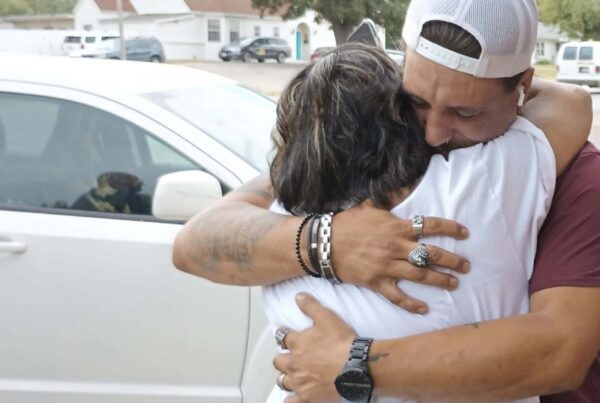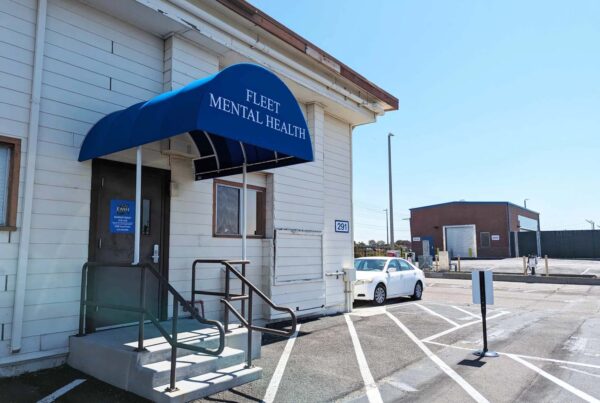About a week ago, many Texas towns and cities near the border with Mexico were bracing for massive numbers of migrants entering the U.S.
States of emergency were declared in places like El Paso, Brownsville and counties in the Rio Grande Valley as warnings that tens of thousands of migrants on the other side of the border were prepared to try to come into the U.S. with the end of Title 42, the pandemic-era policy that ordered rapid deportations.
Now, as Title 42 has come to an end, the policy along the border has reverted to the pre-pandemic Title 8 enforcement.
Jonathan Ryan is an immigration attorney and founder of a new nonprofit advocacy and services organization called Advokato. He joined Texas Standard to explain what we should expect on the border over the next few months.
This transcript has been edited lightly for clarity:
Texas Standard: So tell me a little bit about how Title 8 differs from Title 42.
Jonathan Ryan: Title 8 is what traditionally has governed immigration law. It was only at the beginning of the pandemic that the Trump administration brought Title 42, which is a public health regulation, into play, which essentially foreclosed the opportunity for many of the people seeking asylum at the southern border to even get a review of their asylum claim before being expelled. So this, over last week, essentially means that now the federal government has to provide at least a preliminary screening to individuals claiming asylum at the southern border.
Texas Standard: It just can’t instantly deport people seeking asylum. They have to go through the processes prior to the implementation of Title 42. But I know you’ve worked with a lot of migrants and asylum seekers over the course of your career. What is your sense about people crossing the border and how much do they understand about what the immigration policy changes mean?
The truth is that a lot of that messaging just simply doesn’t get to the people who are attempting to seek asylum at the border. Nor, honestly, does it make much of a difference if somebody has already made the choice to take that dangerous journey and has already left their home country. It can take sometimes four, five, six months for people to make this journey. So if you think about Sec. Mayorkas making statements in recent weeks, you know that is going to impact maybe people who are going to leave and get here in the fall, but people who are waiting at the border, people who are en route, they’ve made a pretty important decision in their lives. They can’t go backwards. And so they’re going to move forward.
You mentioned Mayorkas. That’s the Homeland Security Secretary, Alejandro Mayorkas. Leading up to the end of Title 42, I know you’re aware that there was a news narrative that the switch back to Title 8 would lead to a surge of migrants along the border, tens of thousands of migrants coming into the United States. But published reports consistently say that hasn’t happened. And I’m curious, when Mayorkas is now saying the number of migrants at the border are “markedly down,” could you explain what actually happened?
Well, those of us who have worked for many years in this industry – and it is an industry – are quite aware that it is seasonal and it has a certain period to it. And if you look in the past, the peak numbers of people coming to the border usually transpire mid to late-May. And so what we often see year after year is that policy makers engage in a process of too much, too late. And by that I mean by the time that these policies that are enacted, mostly for the consumption of U.S. citizens to hear their government being tough on the border, by the time those get implemented, the numbers are already naturally going down because what brings people to the border in these moments has a lot to do with the work availability in the United States – with the fact that there’s a limited amount of time between the cold months and the hurricane months for people to make the journey. And so in the months to come, we will see the number of people go down who are coming to the border. And we’re going to see politicians on both sides of the aisle compete as to whose policy made this happen.













